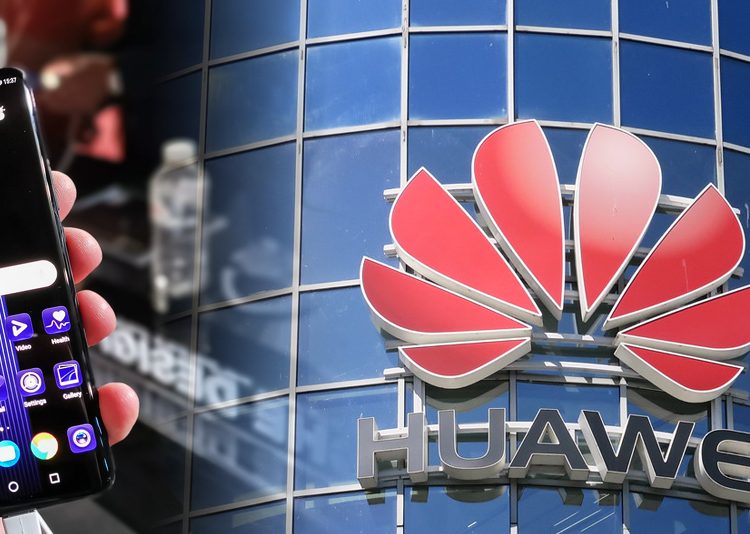Launching a new mobile OS in today’s market, especially one meant to compete with entrenched giants like iOS and Android, is indeed a substantial challenge. Both Apple and Google have extensive ecosystems, massive developer communities, and years of user loyalty. With this it makes it harder for a newcomer in the market.
Despite this, Huawei’s HarmonyOS NEXT is a bold strategic move designed to reduce dependency on foreign tech giants. Huawei’s journey with HarmonyOS has evolved dramatically, transforming from a modified Android version to a fully independent platform. Initially, when U.S. trade restrictions prevented Huawei from accessing Google services in 2019, the company adapted by creating a fork of Android with its own app store, the Huawei AppGallery, and branding this modified OS as HarmonyOS. This version retained much of Android’s code, enabling Huawei to maintain compatibility with many Android apps, even without Google’s proprietary applications like the Play Store, Gmail, or Maps.
Recently, Huawei announced HarmonyOS NEXT, which marks a significant shift. This is a fully independent system, with no Android code remaining. HarmonyOS NEXT’s complete separation from Android means it cannot run Android apps. This places it in a unique category where developers must create or adapt apps specifically for Huawei’s platform.
Huawei reports that there are now approximately 15,000 native apps available on HarmonyOS. This number is significantly lower when compared to Apple’s iOS and Google’s Android. Despite this disparity, Huawei aims to grow its app ecosystem and enhance user experience on its platform.
Huawei’s Mate 60 Pro indeed represents a curious case in the smartphone market. Released quietly in 2023, the device lacked a major international launch and wasn’t heavily promoted even in China. The Mate 60 Pro is technologically distinct from current non-Chinese flagship devices. It lags approximately two generations behind in certain specifications, particularly regarding advanced silicon. This gap is especially evident in features that are common in Western flagship smartphones.
HarmonyOS NEXT represents Huawei’s commitment to an entirely self-reliant tech ecosystem, allowing them greater control over security, updates, and integration across their devices. Achieving large-scale adoption and attracting app developers will be challenging for Huawei. The dominance of Android and iOS comes with a massive user base and strong developer loyalty. Huawei will likely focus on building local developer support and showcasing the benefits of HarmonyOS NEXT in regions where its devices are already popular.






























